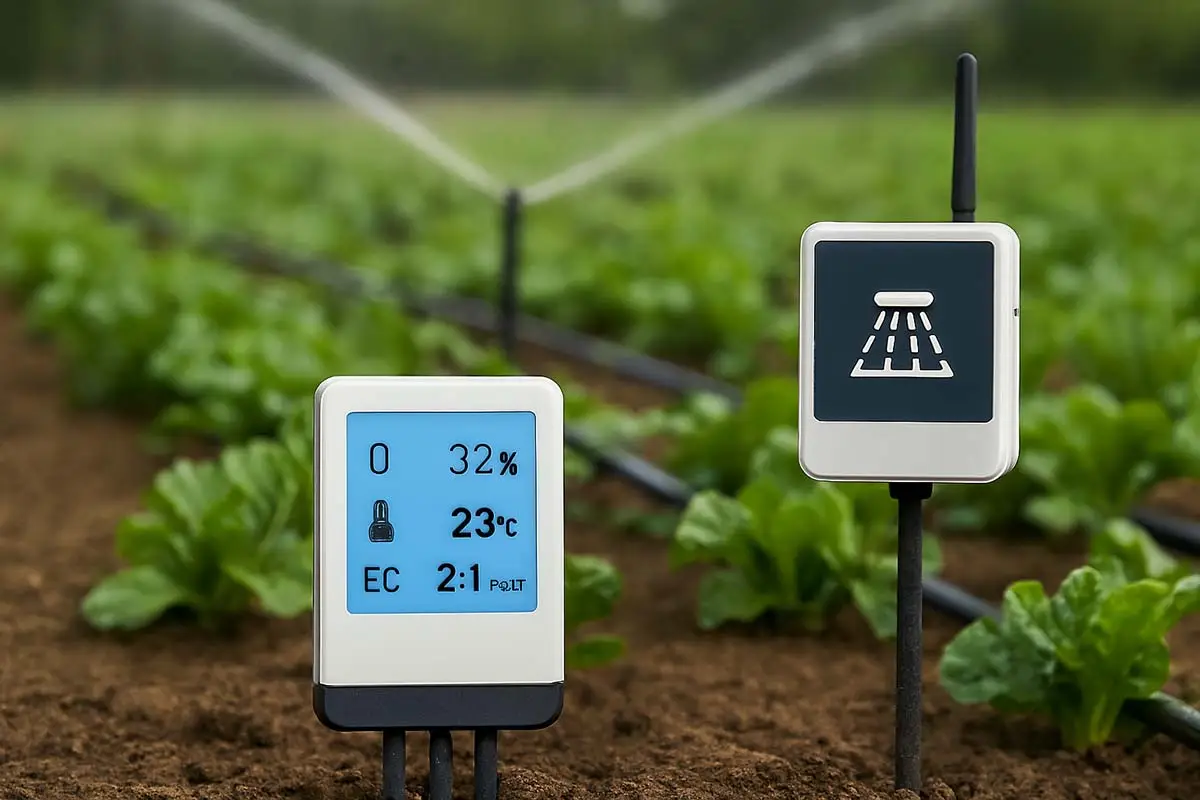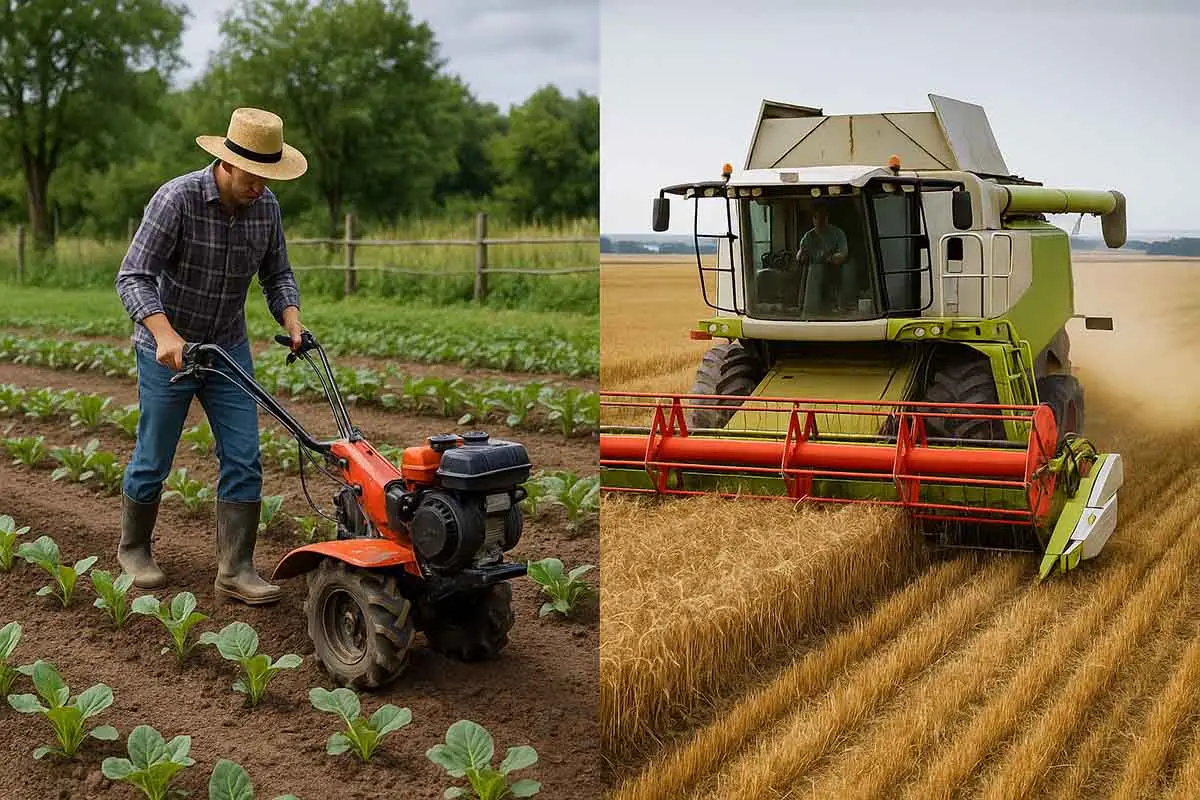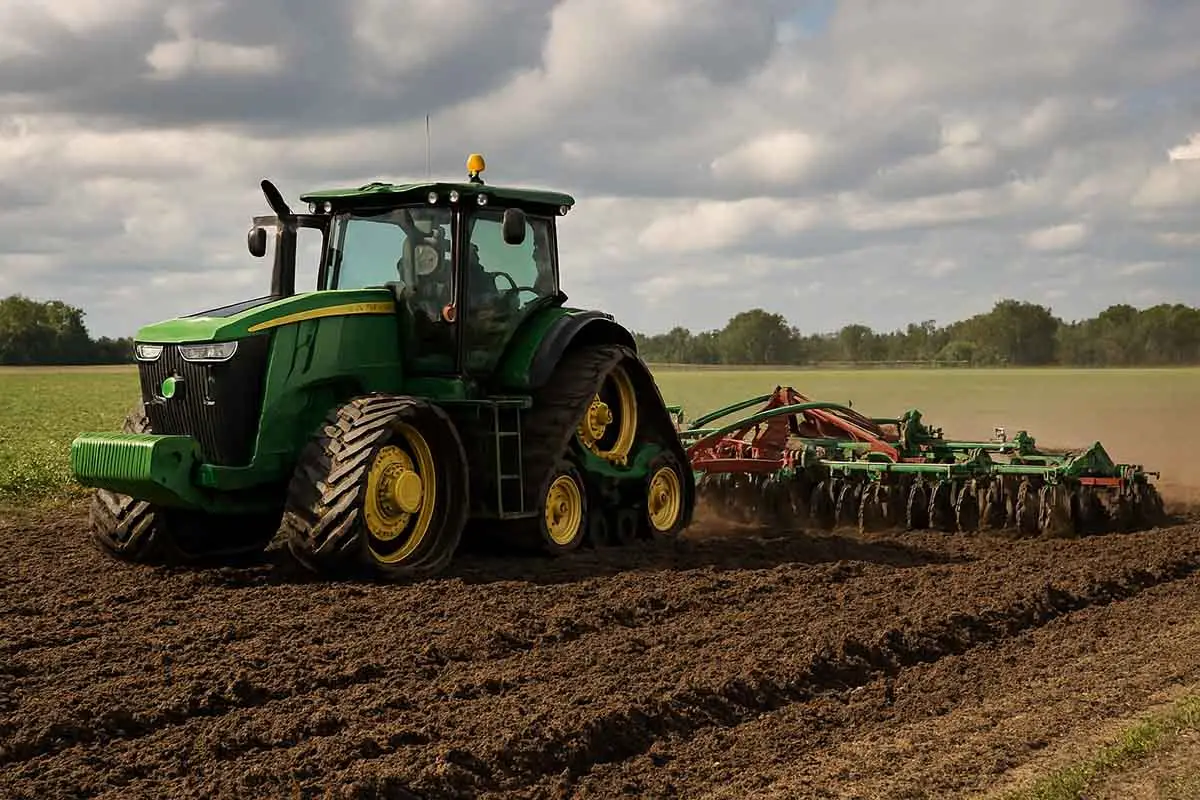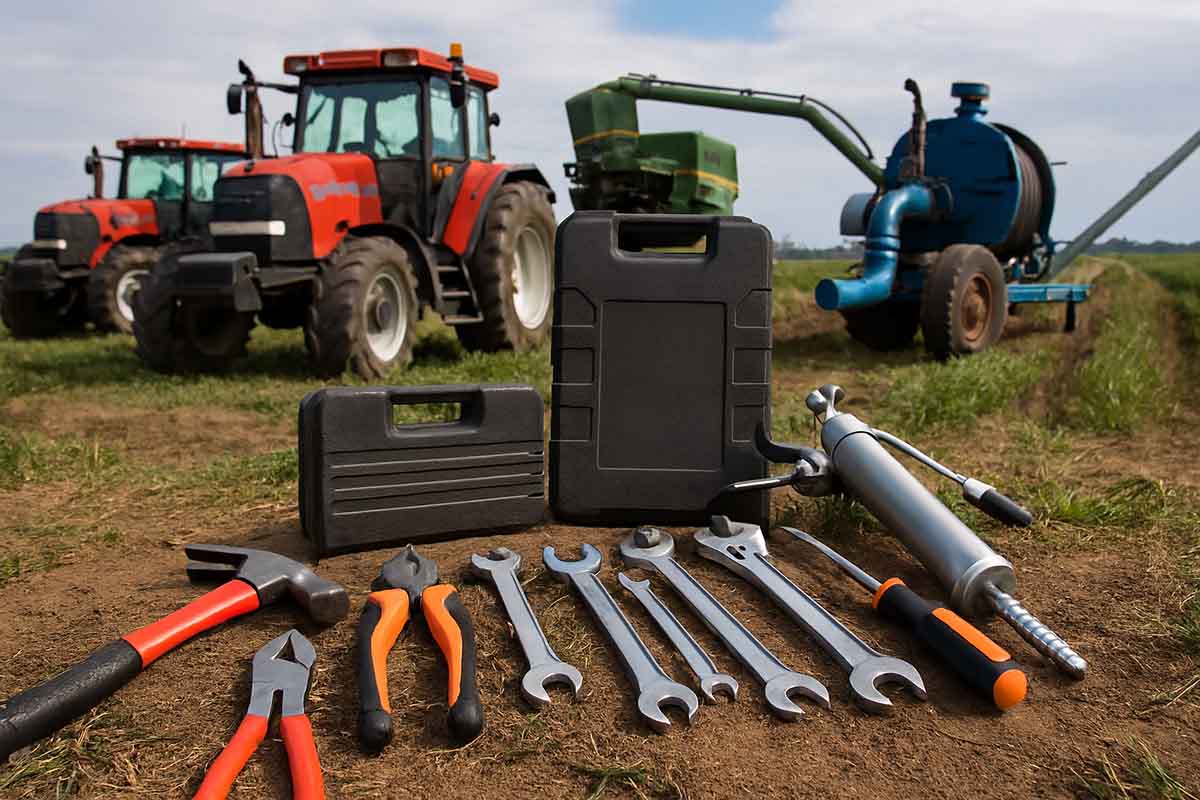Introduction: Smart Farming Takes Root
Farming is no longer just about good weather and strong hands. Today’s agricultural success stories are powered by IoT-enabled tools—devices that collect real-time data, communicate with each other, and allow farmers to make precise, informed decisions. Among the most impactful innovations are soil sensors and automated irrigation systems, two technologies that work hand-in-hand to optimize water use, improve crop health, and maximize yields.
This article takes you through the core benefits, technical features, and practical challenges of adopting these tools, while offering a realistic look at their role in sustainable agriculture.
How IoT Is Reshaping Agriculture
The Internet of Things (IoT) connects physical devices—like tractors, weather stations, soil monitors, and irrigation pumps—to the internet, allowing for remote monitoring, automation, and analytics.
Key benefits of IoT in agriculture include:
- Precision Resource Management – Using data to deliver water, fertilizers, and pesticides exactly when and where needed
- Labor Efficiency – Automating repetitive tasks so farmers can focus on high-value activities
- Predictive Decision-Making – Anticipating crop stress or disease before visible symptoms appear
- Environmental Protection – Reducing overwatering, runoff, and chemical waste
Soil Sensors: The Foundation of Smart Irrigation
Soil sensors measure crucial data points like:
- Moisture content – Determines when and how much to irrigate
- Temperature – Helps in frost prediction and seed germination control
- Nutrient levels – Identifies deficiencies for targeted fertilization
- Salinity – Alerts to soil degradation risks
Technical Specs to Look For:
| Feature | Why It Matters | Example Technologies |
|---|---|---|
| Wireless Connectivity | Allows real-time data transfer to farm management systems | LoRaWAN, NB-IoT, 4G LTE |
| Accuracy | Ensures reliable measurements for precise irrigation | ±2% moisture accuracy |
| Battery Life | Reduces maintenance frequency | Solar-assisted or multi-year batteries |
| Durability | Survives extreme weather and field conditions | IP67/IP68-rated sensor enclosures |
Automated Irrigation Systems: The Water Managers of the Future
Automated irrigation systems use IoT connectivity to control water delivery based on real-time sensor data. Instead of irrigating on a fixed schedule, these systems respond to actual plant needs.
Benefits:
- Water Conservation – Up to 50% savings compared to traditional methods
- Higher Yields – Prevents both under- and overwatering
- Lower Labor Costs – Eliminates manual monitoring and valve adjustments
- Integration with Weather Data – Avoids irrigation before rain or during high wind
Technical Specs to Consider:
| Feature | Why It Matters | Example Technologies |
|---|---|---|
| Remote Control | Operate from a smartphone or farm management platform | Cloud-based irrigation apps |
| Valve Automation | Opens/closes based on soil moisture and weather data | Smart solenoid valves |
| Zone Control | Targets specific crop areas with different water needs | Multi-zone drip and sprinkler setups |
| Data Logging | Tracks water usage for compliance and optimization | Integrated water meters |
Challenges and Limitations
While IoT tools offer immense benefits, they come with some obstacles:
- Initial Cost – Sensors and automation systems can be expensive for smallholders
- Connectivity Issues – Rural areas may lack stable internet coverage
- Maintenance – Devices require calibration, firmware updates, and occasional repairs
- Data Overload – Farmers must learn to interpret and act on large amounts of data
Interesting and Lesser-Known Facts
- Fact #1: Smart irrigation systems can reduce agricultural water waste globally by an estimated 120 billion cubic meters annually.
- Lesser-Known Fact: Some soil sensors are now microbial-powered, generating electricity directly from the soil they monitor.
- Fact #2: Combining soil sensors with drone imagery improves irrigation efficiency by up to 30% over using either technology alone.
IoT-Enabled Agricultural Tools: Soil Sensors, Automated Irrigation Systems FAQ
Conclusion: Smarter Tools for a Sustainable Future
IoT-enabled agricultural tools like soil sensors and automated irrigation systems are transforming farming from reactive guesswork to proactive precision. By optimizing water use, improving crop health, and reducing waste, these technologies support both profitability and sustainability.
Further Read
- Industrial Tools in Agriculture – Powering Farming
- Overview of industrial tools for planting and harvesting
- Small vs Large-Scale Farm Tools: Real-World Case Studies
- Role of Mechanization in Sustainable Agriculture
- Top Agricultural Tool Brands You Should Know
- Emerging trends: automation, AI, and robotics in farming
- Top Industrial Tools Transforming Modern Agriculture
- Essential Maintenance Practices and Tools for Agricultural Machinery: Your Complete Guide
- IoT-Enabled Agricultural Tools
- Drones in agriculture: surveying, planting, and spraying
- Precision farming tools: GPS-guided equipment for planting and harvesting
- Data-driven decision-making in agriculture
- Top 10 Maintenance Tools for Tractors, Harvesters & Irrigation Systems
- Seasonal Maintenance Checklists & Toolkits for Farmers
- Hydraulic System Maintenance Tools for Heavy Farm Equipment
- Lubrication Tools and Best Practices for Agricultural Machinery
- Industrial Torque Wrenches: Key to Farm Equipment Safety
Your Turn!
Have you tried IoT tools in your farming operations? What results have you seen in yield, water use, or efficiency? Share your experiences in the comments and pass this article along to other growers looking to modernize their farms.





